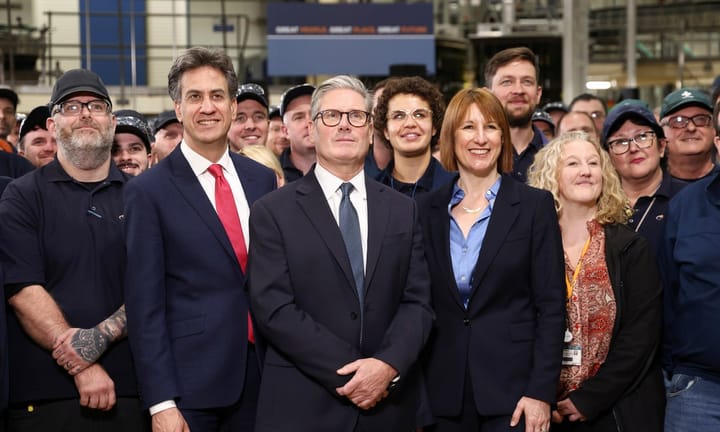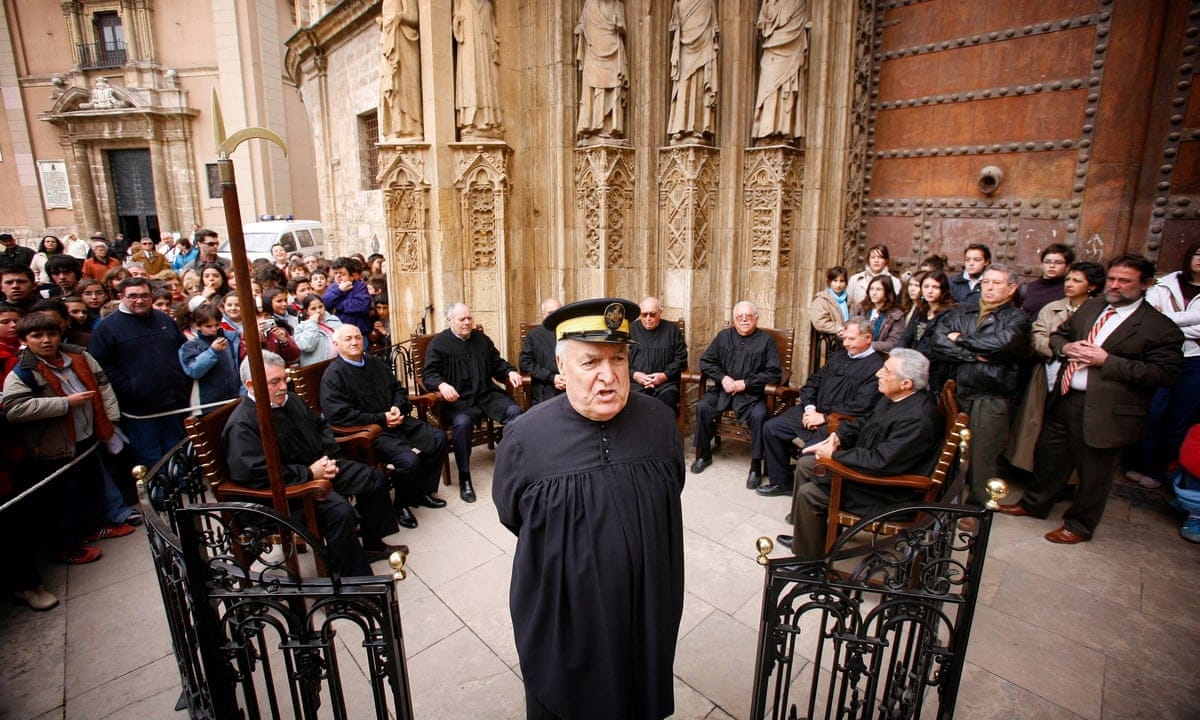Every Thursday at noon, outside Valencia’s cathedral, nine cloaked figures gather beneath its west door – one distinguished by their banded cap and ceremonial harpoon. This weekly assembly marks the enduring presence of the Tribunal de les Aigües (Tribunal of Waters), potentially Europe's oldest court of justice.
For centuries, this body has regulated water distribution within Valencia through a system founded on tradition and democracy. Despite its seemingly archaic nature, today it serves as an example in the face of escalating global concerns regarding water scarcity. As droughts intensify, cities worldwide struggle with limited access to freshwater resources, prompting disputes over this vital commodity – a shift from historical conflicts centered around oil and land.
The Tribunal de les Aigües ensures equitable distribution of the city's water sources by representing local irrigation channels through elected officials from within the farming community. It holds regular hearings to address overuse or negligence in canal maintenance, with potential fines for offenders.
This body is emblematic of self-governed resource management and offers lessons for contemporary water governance. While not devoid of flaws – including its predominantly elderly membership – the Tribunal's resilience over centuries demonstrates successful community stewardship. Moreover, it stands as a testament to shared knowledge between generations in Valencia's agricultural sector.
Recognized by Nobel laureate Elinor Ostrom for her work on "the commons," this institution refutes the notion that human self-interest invariably leads to resource depletion. It suggests alternative community management models, such as those practiced in Valencia and other regions worldwide – including Bali's subak system over a millenniumb - where shared resources are managed sustainably through collective decision-making processes.
In light of these examples, there is potential for adapting this model to contemporary challenges. For instance, the International Commission for the Protection of the Danube River (ICPDR), which oversees water management across 19 countries in Europe, could benefit from incorporating regional citizen assemblies to strengthen democratic oversight and accountability.
The Tribunal de les Aigües' example may even hold relevance for regions facing severe water shortages, such as the Middle East. Palestinian hydrologist Abdelrahman Al Tamimi once proposed adapting this model in conflict-ridden areas to facilitate cooperation and trust among disputing parties – an idea that resonates today amid ongoing tensions over shared resources.
The Tribunal of Waters offers a blueprint for achieving fair water distribution, preserving our planet's finite freshwater reserves, and promoting sustainable resource management through collective action and democratic principles.
Read next

Rafael Behr Predicts Starmer's UK Political Realities Will Face Turmoal Shakeup Soon
There's plenty happening politically across Britain, but change isn't sweeping through as expectedly or rapidly enough to shake things up significantly within Westminster news cycles. The government has struggled from its inception and a contest for Tory leadership continues to keep the political scene bustling on

Potential Deepfake Impact on Future Elections: Will 2024 Mark a Turning Point for Authenticity Concerns? | Samantha Floreani
As long as the phenomenon of artificially generated or altered content depicting false events has existed in politics, concerns have been raised about its implications for public discourse and democracy since at least 2018. This was demonstrated when a deepfake video surfaced that falsely portrayed former President Obama insulting then-President

Parisians and I cherish our criticisms of the Olympics – yet may soon find delight in them instead, suggests Alexander Hurst.
If I were a city, I almost certainly would not want to host the Olympics. However, my summer contemplation led me to put up my Paris apartment on Airbnb at an exorbitant price and leave the city until friends from the US persuaded me otherwise - for the duration of

